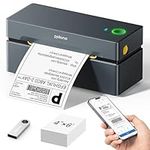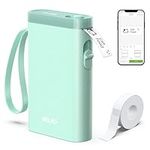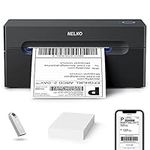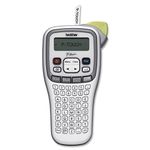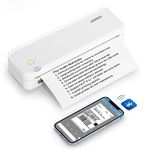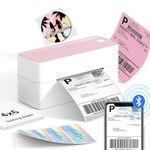6 bestThermal Transfer Printerof December 2025
112M consumers helped this year.
1
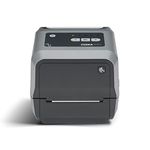
Zebra ZD621 Thermal Transfer Desktop Printer 203 dpi Print Width 4-inch USB Serial Ethernet ZD6A042-301F00EZ
ZEBRA

9.7
2
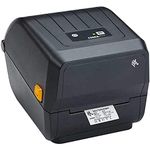
ZEBRA ZD220t Thermal Transfer Printer (ZD22042-T0GG00EZ)
Zebra Technologies

9.4
3
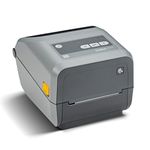
Zebra ZD421 Thermal Transfer Cartridge Desktop Printer 203 dpi Print Width 4-inch USB Ethernet ZD4A042-C01E00EZ
ZEBRA

9.2
4
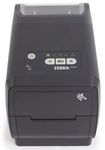
ZEBRA Thermal Transfer Printer (74M) ZD411; 203 dpi, USB, USB Host, Ethernet, BTLE5, US Cord, Swiss Font, EZPL
ZEBRA

8.9
5

Brother Thermal Transfer Printer PT-P750w
Brother

8.6
OtherUp to 56% off
A Guide to Selecting the Best Thermal Transfer Printer
Choosing a thermal transfer printer can seem overwhelming, but understanding your needs and the key features will help you make the right choice. Thermal transfer printers are commonly used for printing labels, barcodes, and tags that need to be durable and long-lasting. Before you buy, think about what you’ll be printing, how often, and in what environment. This will help you focus on the specs that matter most for your situation.
Print Resolution
Print resolution refers to how detailed and sharp the printed output will be, usually measured in dots per inch (DPI). Higher DPI means clearer and more precise images and text. Most thermal transfer printers offer resolutions like 203, 300, or 600 DPI. For basic barcodes and text, 203 DPI is usually enough. If you need to print small labels or graphics with fine details, 300 DPI or higher is better. Consider what you’ll be printing most often—if it’s just simple labels, you don’t need the highest resolution.
Print Speed
Print speed tells you how fast the printer can produce labels, usually measured in inches per second (IPS). Faster speeds are useful if you need to print a lot of labels quickly, such as in a warehouse or shipping environment. Typical speeds range from 2 to 12 IPS. If you only print a few labels at a time, speed isn’t as important. But for high-volume tasks, a faster printer will save you time and keep your workflow smooth.
Media Compatibility
Media compatibility means what types and sizes of labels, tags, or ribbons the printer can handle. Some printers are designed for small labels, while others can print on larger or specialty materials. Check the maximum and minimum label width and length, as well as the types of ribbons (wax, resin, or wax/resin) the printer supports. Think about the labels you need now and in the future—choose a printer that can handle your typical label size and material.
Connectivity Options
Connectivity options refer to how the printer connects to your computer or network. Common options include USB, Ethernet, serial, and sometimes wireless connections. If you need to share the printer with multiple users or connect it to a network, Ethernet or wireless is helpful. For single-user setups, USB is usually enough. Consider your workspace and how you plan to use the printer to decide which connections are necessary.
Durability and Build Quality
Durability and build quality describe how well the printer can withstand regular use and tough environments. Some printers are made for light office use, while others are built for industrial settings with dust, heat, or heavy use. If you’ll use the printer in a warehouse or factory, look for a rugged model with a sturdy case. For occasional office use, a lighter model is usually fine. Match the printer’s build to your work environment for the best results.
Ease of Use and Maintenance
Ease of use and maintenance covers how simple it is to load labels and ribbons, change settings, and keep the printer running smoothly. Some printers have user-friendly displays, easy-open covers, and clear instructions, making them better for beginners or busy environments. If you want to avoid frustration and downtime, look for a printer that’s known for being easy to operate and maintain.
Best Reviews Guide Newsletter
Get exclusive articles, recommendations, shopping tips, and sales alerts
Sign up for our newsletter to receive weekly recommendations about seasonal and trendy products
Thank you for subscribing!
By submitting your email address you agree to our Terms and Conditions and Privacy Policy

